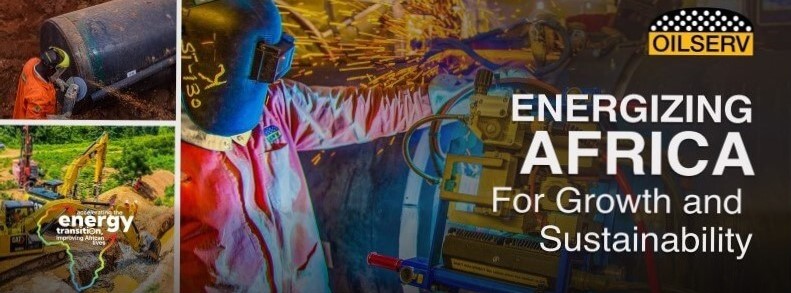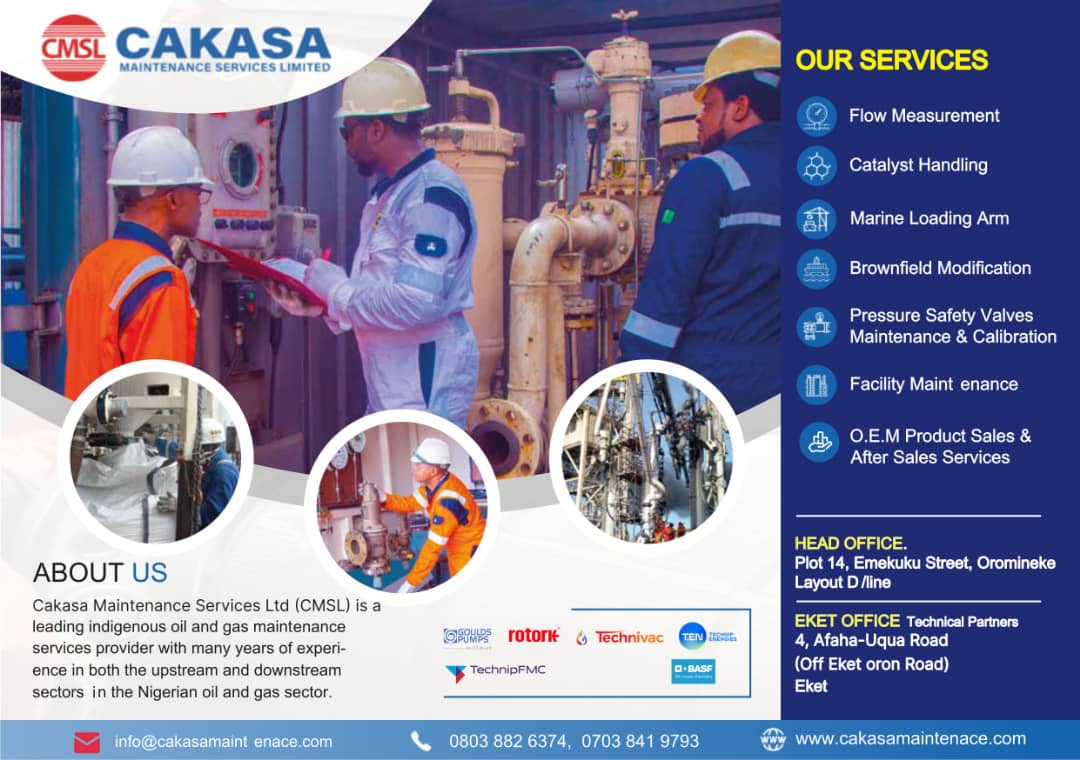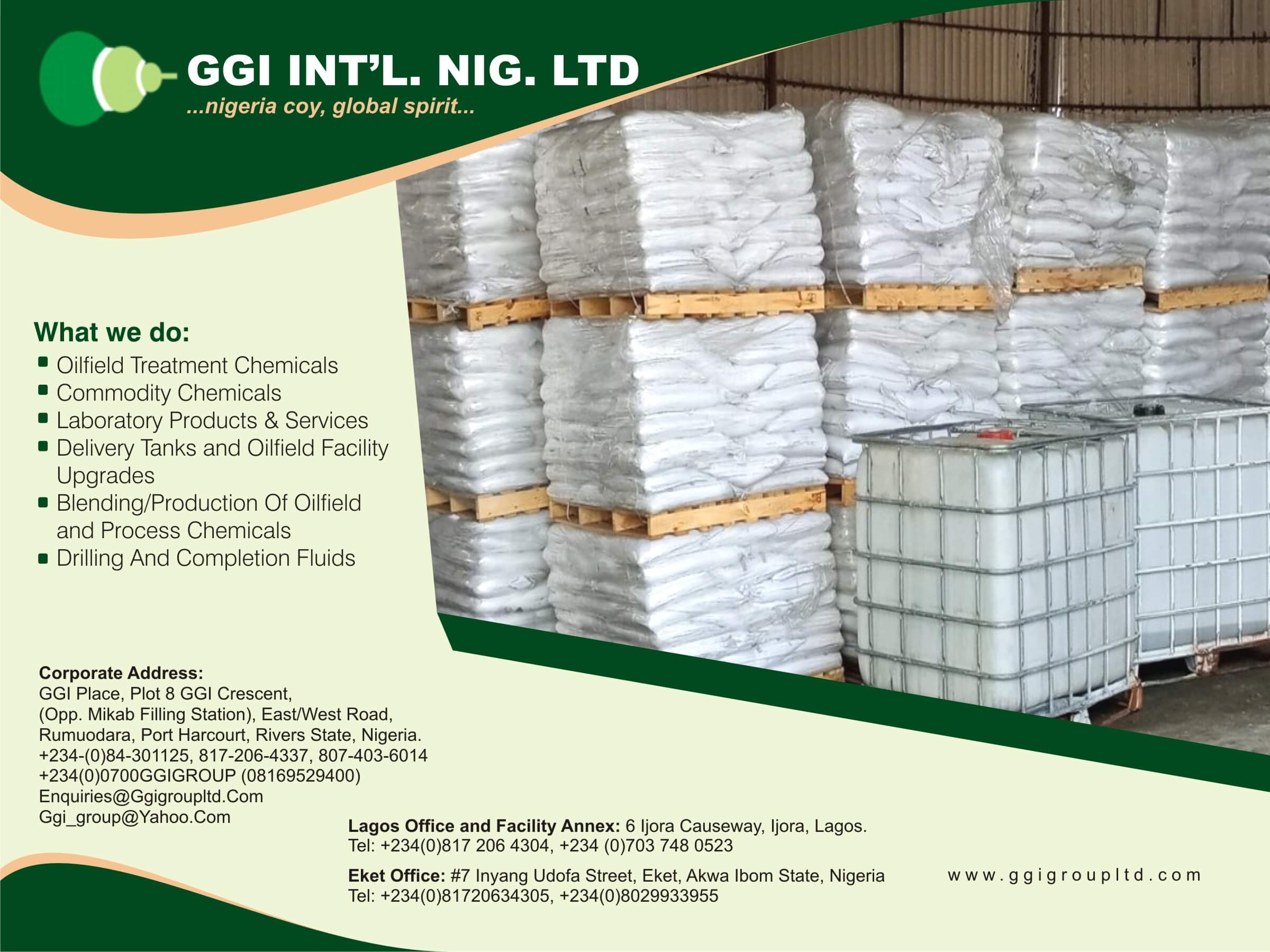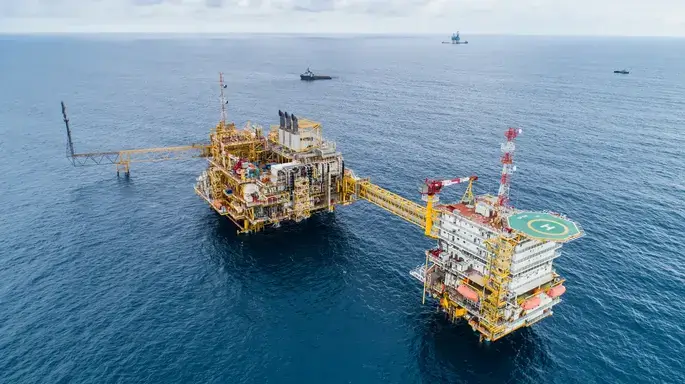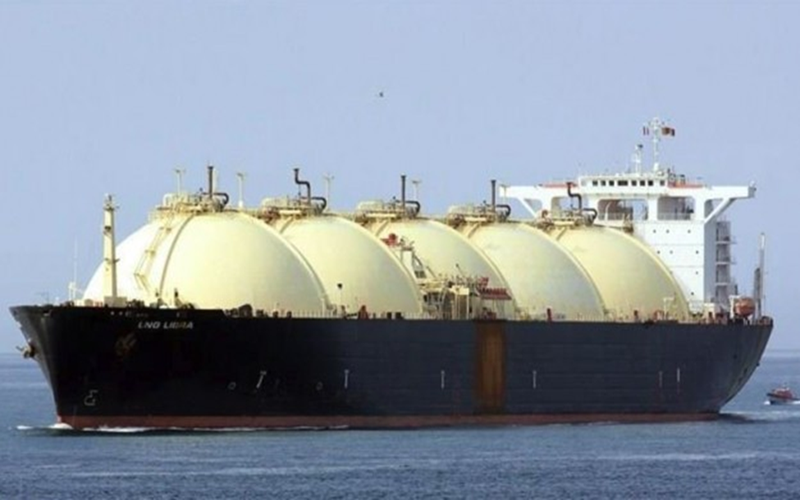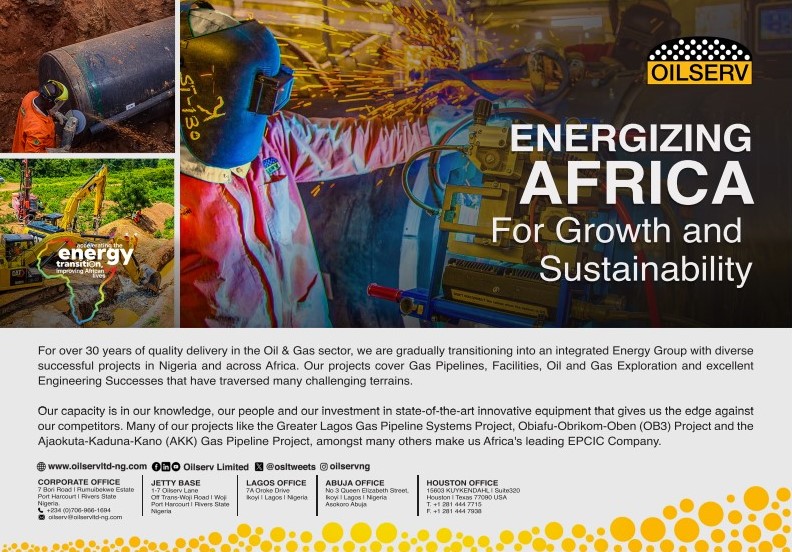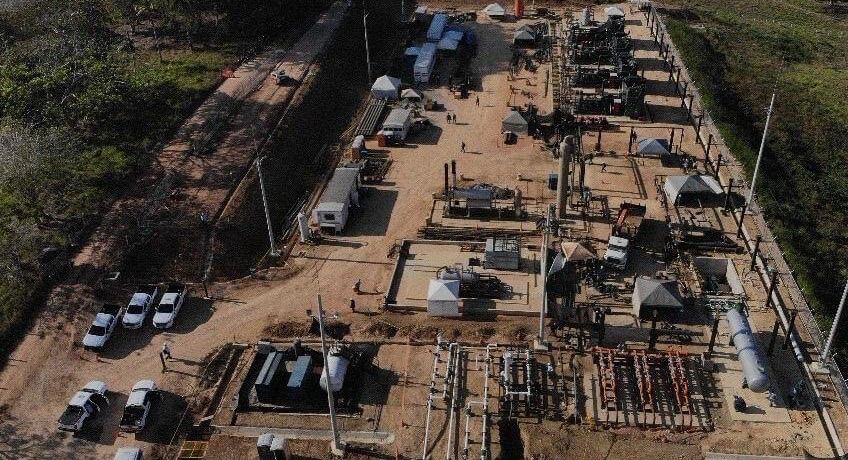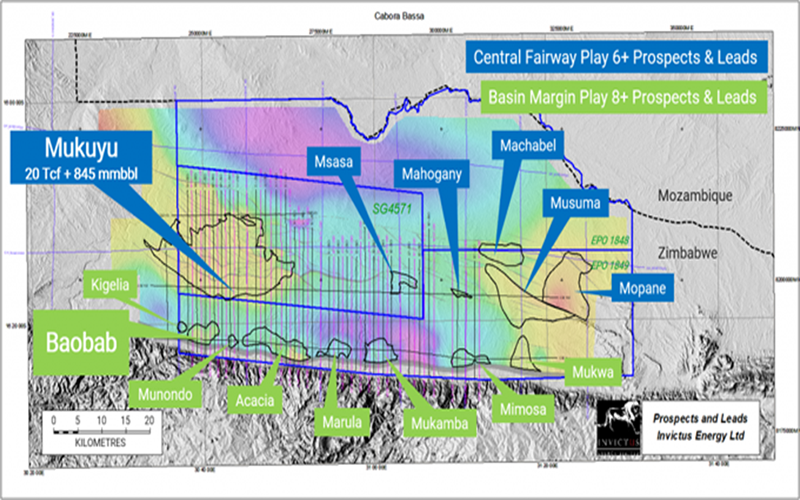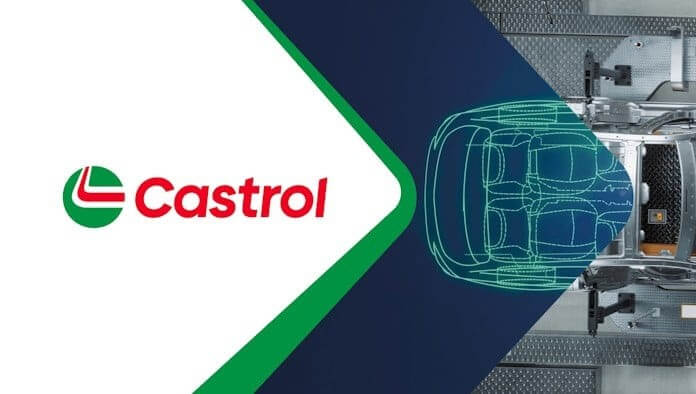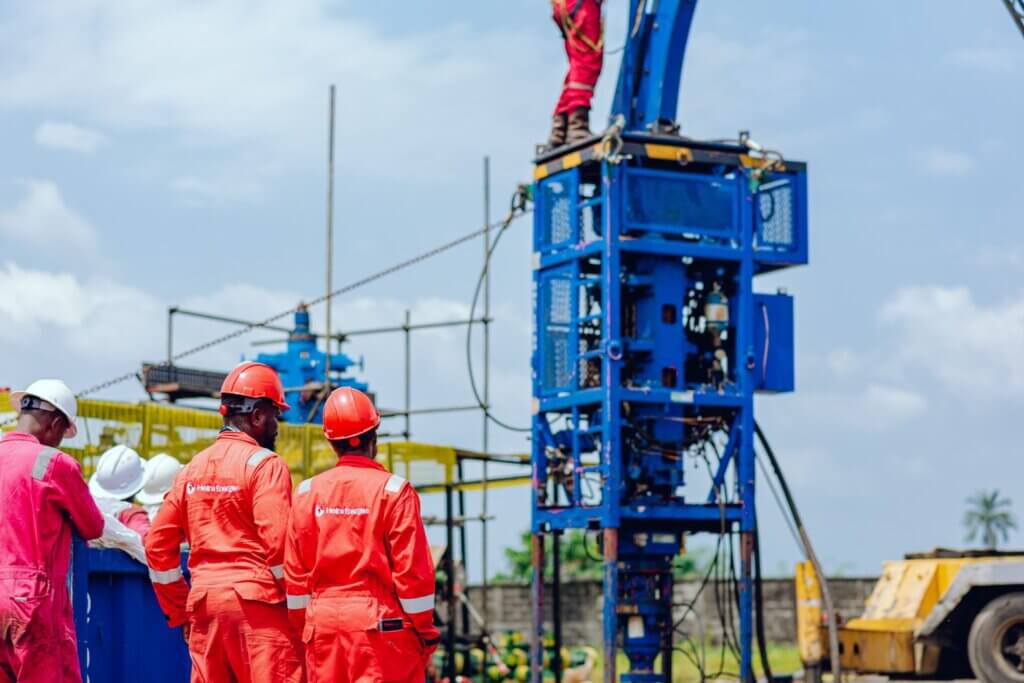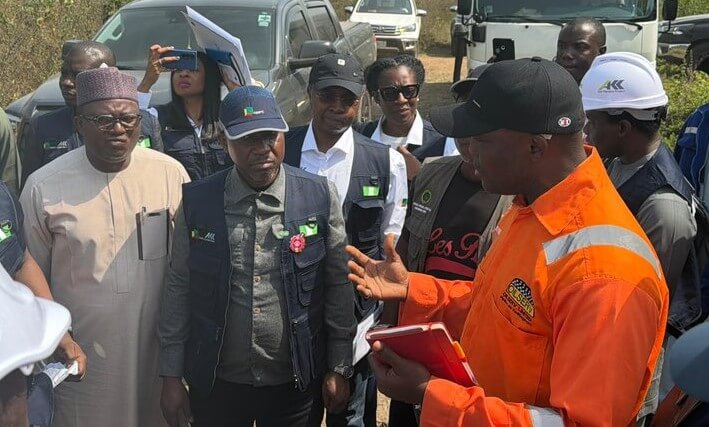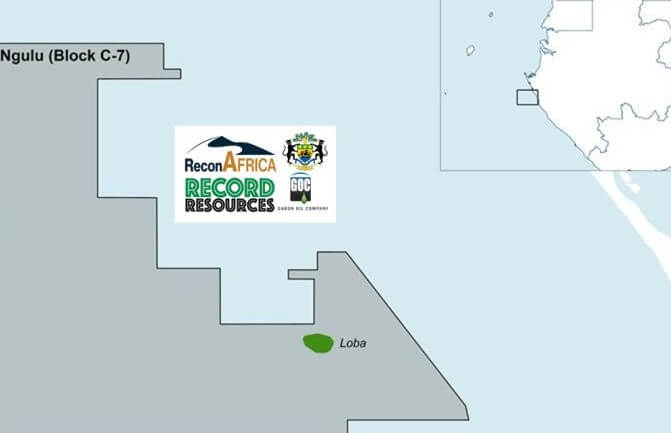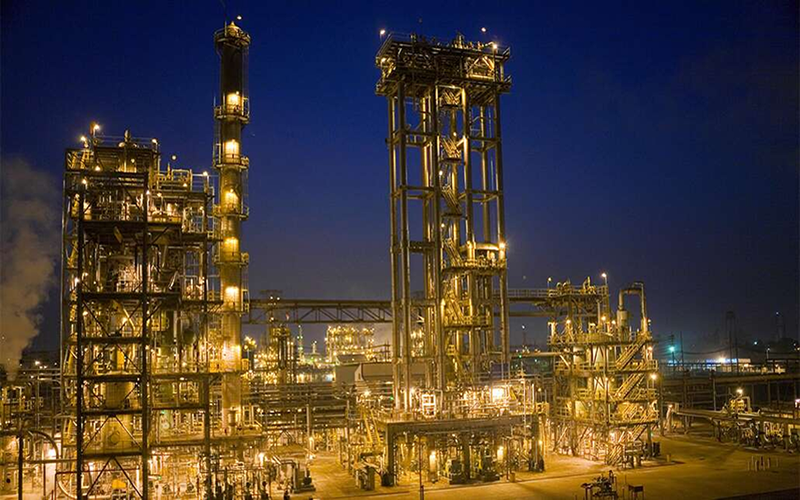
Exxon Mobil Corporation today announced estimated second-quarter 2022 earnings of $17.9 billion, or $4.21 per share assuming dilution. Second-quarter results included a favorable identified item of nearly $300 million associated with the sale of the Barnett Shale Upstream assets. Capital and exploration expenditures were $4.6 billion in the second quarter and $9.5 billion for the first half of 2022.
- Increased Permian oil and gas production by approximately 130,000 oil-equivalent barrels per day and refining throughput by 180,000 barrels per day versus first half of 2021 to meet recovering product demand.
- Generated earnings of $17.9 billion and cash flow from operating activities of $20 billion in second-quarter 2022 as a result of increased production, higher realizations and margins, and aggressive cost control.
- Capital investments totaled $9.5 billion for first half of 2022; on track with full-year guidance.
- New lower-emission initiatives included four large-scale carbon capture and storage opportunities.
“Earnings and cash flow benefited from increased production, higher realizations, and tight cost control,” said Darren Woods, chairman and chief executive officer. “Strong second-quarter results reflect our focus on the fundamentals and the investments we put in motion several years ago and sustained through the depths of the pandemic.”
“Key to our success is continued investment in our advantaged portfolio, including Guyana, the Permian, global LNG, and in our high-value performance products, along with efforts to reduce structural costs and improve efficiency. We’re also helping meet increased demand by expanding our refining capacity by about 250,000 barrels per day in the first quarter of 2023 – representing the industry’s largest single capacity addition in the U.S. since 2012. At the same time, we’re supporting the transition to a lower-emission future, growing our portfolio of opportunities in carbon capture and storage, biofuels, and hydrogen.”
Financial Highlights
- Second-quarter earnings of $17.9 billion compared with $5.5 billion in the first quarter of 2022. Excluding identified items, earnings of $17.6 billion increased $8.7 billion from the prior quarter, driven by a tight supply/demand balance for oil, natural gas, and refined products, which have increased both natural gas realizations and refining margins well above the 10-year range.
- Cash increased by $7.8 billion in the second quarter, as strong cash flow from operating activities more than covered capital investments and shareholder distributions. Free cash flow in the quarter totaled $16.9 billion. Shareholder distributions were $7.6 billion for the quarter, including $3.7 billion of dividends.
- Net-debt-to-capital ratio improved to 13% reflecting a period-end cash balance of $18.9 billion. The debt-to-capital ratio was 20%, at the low-end of the company’s target range.
- Effective April 1, to improve the effectiveness of operations and to better serve customers, the Corporation formed ExxonMobil Product Solutions, combining world-scale Downstream and Chemical businesses. The company also centralized Technology & Engineering and Operations & Sustainability groups to further capture the benefits of technology, scale, and integration. The company has changed its segment reporting to reflect the new structure.
Leading the Drive to Net Zero
Carbon Capture and Storage
- ExxonMobil signed a memorandum of understanding to explore the development of a carbon capture and storage project at the Dayawan Industrial Park in Guangdong Province, China. The envisioned project has the potential to capture up to 10 million metric tons of CO2 per year, and could become one of the first large petrochemical complexes to remove CO2 emissions.
- ExxonMobil, Neptune Energy, Rosewood, and EBN signed an agreement to advance the L10 carbon capture and storage project in the Dutch North Sea. This stage of the project has the potential to store four to five million metric tons of CO2 annually for industrial customers, and represents the first stage in the potential development of the greater L10 area as a large-volume CO2 storage reservoir.
- ExxonMobil announced the start of early front-end engineering design studies for a South East Australia carbon capture and storage hub in Gippsland, Victoria. The project would initially use existing infrastructure to store up to two million metric tons of CO2 per year from multiple local industries in the depleted Bream field off the coast of Gippsland. Operations could begin as early as 2025.
- Earlier in the quarter, ExxonMobil and Pertamina, the state-owned energy company for Indonesia, signed a joint study agreement to assess the potential for large-scale implementation of lower-emissions technologies, including carbon capture and storage and hydrogen production. The agreement builds on efforts to advance carbon capture and storage in Indonesia that began with a memorandum of understanding signed at COP26.
Biofuels and Hydrogen
- In early July, ExxonMobil successfully delivered the first cargo of certified sustainable aviation fuel (SAF) to Singapore Changi Airport as part of a one-year pilot program launched by the Civil Aviation Authority of Singapore, Singapore Airlines, and Temasek. In addition, ExxonMobil delivered the first cargo of SAF via proprietary pipeline to Virgin Atlantic at London Heathrow Airport. These programs represent part of a global plan to provide 200,000 barrels per day of lower-emission fuels by 2030.
- ExxonMobil’s majority-owned affiliate, Imperial Oil Ltd., is progressing plans to produce renewable diesel at a new complex at its Strathcona refinery in Edmonton, Canada. When construction is complete, the refinery is expected to produce approximately 20,000 barrels per day of renewable diesel, which could reduce emissions in the Canadian transportation sector by about three million metric tons per year. The complex will use locally grown plant-based feedstock and hydrogen with carbon capture and storage as part of the manufacturing process.
- ExxonMobil is advancing the previously announced large-scale blue hydrogen plant in Baytown, Texas. The facility will have the capacity to produce up to one billion cubic feet of blue hydrogen per day and store approximately 10 million metric tons of CO2 per year, more than doubling ExxonMobil’s current capacity.
- In June, ExxonMobil, Grieg Edge, North Ammonia, and GreenH signed a memorandum of understanding to study potential production and distribution of green hydrogen and ammonia for lower-emission marine fuels at ExxonMobil’s Slagen terminal in Norway. The production of up to 20,000 metric tons of green hydrogen and distribution of up to 100,000 metric tons of green ammonia per year would be driven by hydroelectric power.













